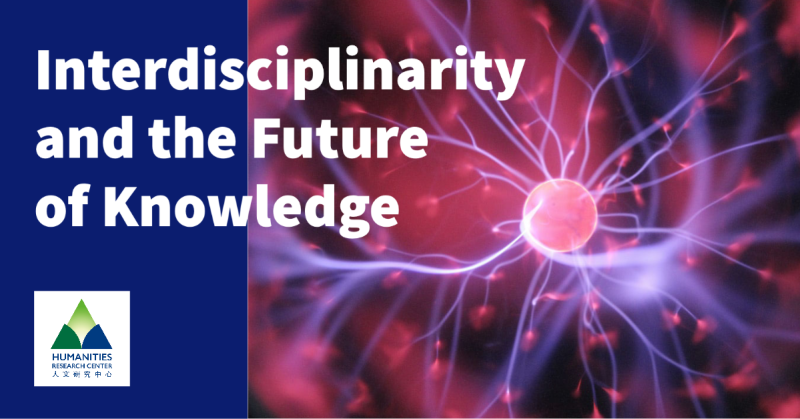Last week, my colleague Ben Van Overmeire and I were pleased to welcome a dazzling array of visitors to the beautiful campus of Duke Kunshan University to talk about all things space. We timed the conference to coincide with China’s Dragon Boat Festival, which commemorates the hero Qu Yuan who, among other things, wrote one of China’s most famous poems, Li Sao, which describes his ascent into space to meet with goddesses and immortals. It was also the time in which China’s space program completed its journey to the far side of the moon, the long-awaited Boeing Starliner successfully launched its mission to the International Space Station, and SpaceX launched its fourth Starship test.
Here are my top takeaways from the conference.
- Human expansion into space is now a multicultural activity and needs to be understood from a diversity of cultural backgrounds.
- It is perfectly possible, indeed essential, to discuss Chinese and US space programs without talking about geopolitics or militarization. Not every relationship between China and the USA has to be understood as a winner-takes-all competition.
- The co-founder of the NASA Jet Propulsion Laboratory, Qian Xuesen, was a Chinese scientist who is virtually forgotten in the West but considered a hero in China. He was humiliated, arrested and eventually deported from USA during the McCarthy era.
- America has abandoned NASA – National Aeronautics and Space Administration‘s original motto of “for all mankind” in favor of the corporatization, militarization, and privatization of outer space. This has allowed China to pick up the mantle of space exploration “for all humankind.”
- The rhetoric of America’s space program was dominated by Christian and colonial metaphors of transcendence, conquest, and frontier, but China’s space program can better be understood in terms of the Confucian quest to bring heaven, earth, and humanity into a harmony.
- While NASA originally downplayed the religious lives of astronauts, such as Buzz Aldrin’s taking holy communion on the moon, China has actively deployed its own religious mythology to gain public acceptance of its space program. Indeed it’s not possible to comprehensively understand China’s space program without considering its religious aspects.
- China’s science fiction community regularly draws on traditional Buddhist and Daoist concepts, myths, and cosmologies to imagine outer space.
We hope to publish many of the papers from the conference over the next couple of years to help build a thoroughly cross-cultural understanding of the human expansion into space.
Thanks to the many people who inspired us to put this conference together, especially Alexander C.T. Geppert, Mary-Jane Rubenstein, the Interplanetary Initiative at Arizona State University, and the John W. Kluge center at the Library of Congress.



